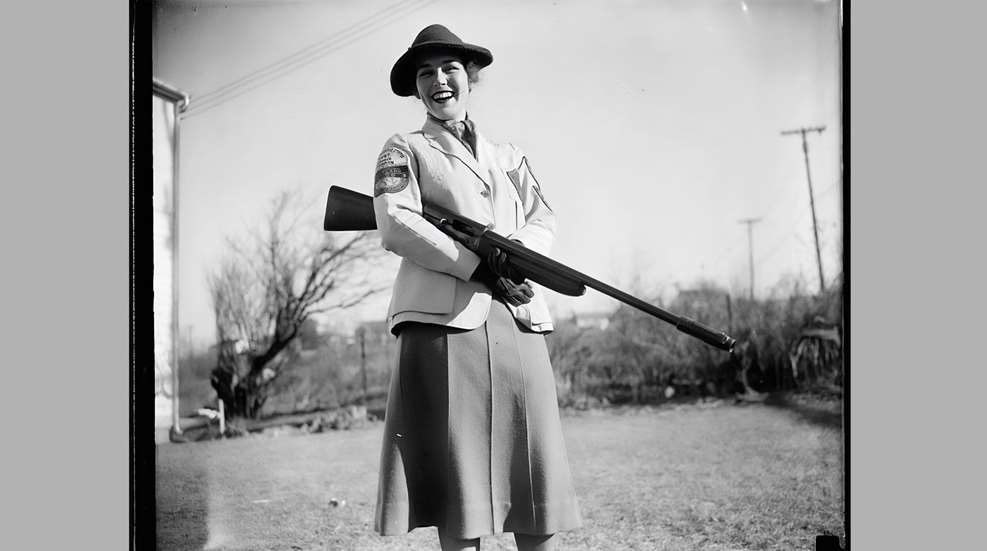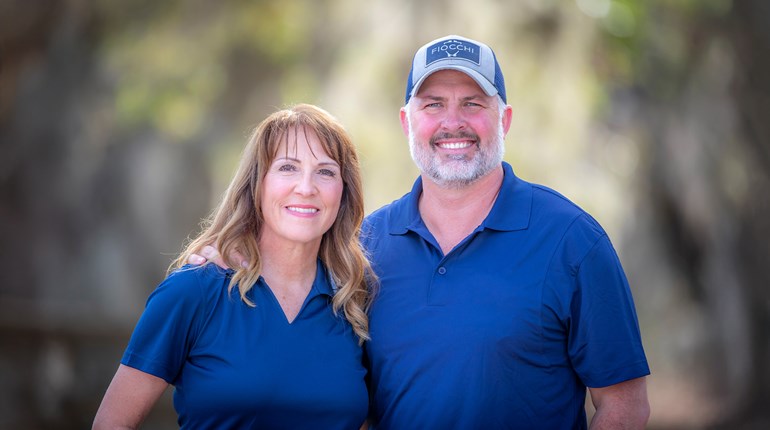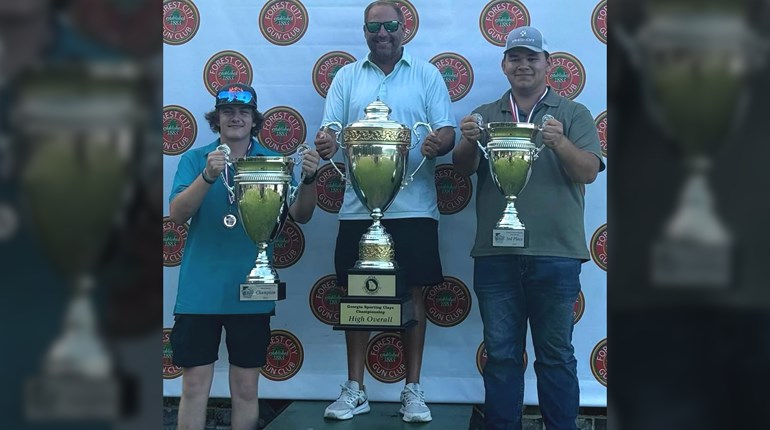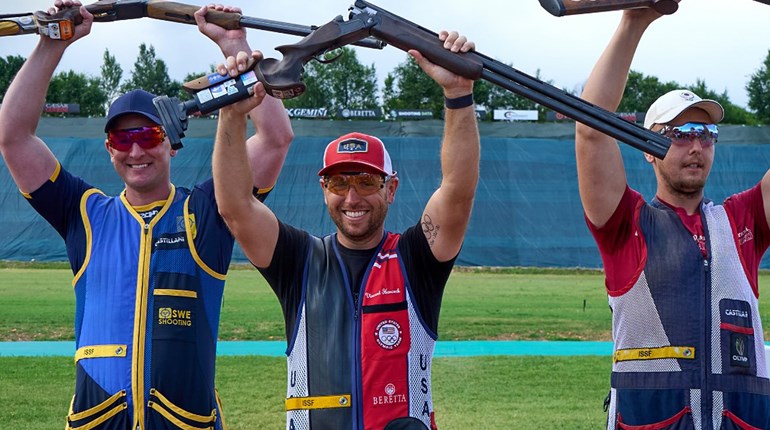
The below is an excerpt from the 1978 book, Olympic Shooting, written by Col. Jim Crossman and published by the NRA.
The National Skeet Shooting Association
By Colonel Jim Crossman
Unlike most shooting events, skeet is of fairly recent origin and it is easily possible to trace the history of this shotgun game and its parent organization, the National Skeet Shooting Association.
Unable to get in enough grouse hunting to satisfy themselves, and not enthusiastic about trapshooting because it did not simulate bird shooting conditions, a group of New England hunters experimented with traps and clay birds until they worked out a game that seemed practical as field training, was fun to shoot, and was not too difficult to set up.
One of the group, W. H. Foster, became associated with a publishing firm which put out two very popular outdoor magazines, the five-cent Hunting and Fishing and the expensive 10-cent National Sportsman. Foster’s articles on the subject of the new game, first called “clock shooting,” aroused so much interest among readers that it was promoted as a new shooting sport. In 1925 complete rules and instructions were published. At the same time a prize was offered for the best name. “Skeet” was the name selected, and a good name it was, so that it remains skeet to this day.
Skeet grew rapidly up to World War II. The designers of skeet had done their work well in working up a game for teaching people to hit moving targets. So, skeet went to war. With the sudden urgent necessity of training aerial gunners as well as anti-aircraft gunners how to hit a moving airplane, skeet was seized upon as an important step in teaching swing and lead on a flying target. Many skeet shooters of the time found themselves in uniform, teaching skeet every day. Thousands of young men were exposed to shotgun shooting for the first time during this training, which was partly responsible for the great increase in shooting and hunting after the war.
The Hunting and Fishing and National Sportsman magazines had a proprietary interest in skeet, since they had originally promoted it and had devoted much money and magazine space to it. Thus, while there was a National Skeet Shooting Association in the 1930s, its officers read like the masthead of the magazines. But with the war and the lack of ammunition, skeet shooting for civilians practically stopped. The two magazines went out of business and the association became inactive.
With the end of the war, the National Rifle Association of America undertook to revive the skeet association. The NRA lent the embryo organization money and provided it office space. E. F. “Tod” Sloan was appointed manager of the organization. Sloan, although a rifle shooter, had long experience in competitive shooting and in promoting civilian shooting, his most recent military assignment having been as the Army’s Director of Civilian Marksmanship.
In 1952, after the organization was on its feet, Sloan resigned and the NRA bowed out, with Sloan taking a position as NRA field representative in the West, a position he filled with distinction. The skeet organization was turned over to the members and their elected officials. For many years, NSSA conducted its championships at various locations across the country, including the International Gun Club at San Antonio, Texas. This was a privately owned beautiful big layout, with all sorts of shotgun shooting taking place and with much room for expansion. The NRA conducted tryouts for its shotgun squads for the 1967 World Moving Target Championships and the 1968 Olympics at this club. In recent years the club ran into financial difficulties and NSSA bought it in 1974 and has moved its headquarters to that location.
Skeet is relatively new to the Olympic Games, although it has been part of the UIT program for many years. Skeet first appeared in the Olympic program in 1968 and it carried on into 1972 and 1976, although in a form barely recognizable by American shooters.
U.S. skeet has gotten away from some of the basic principles of the original game and a few major changes in rules have made it a much easier game. International skeet, on the other hand, is more difficult than the original sport, so there is now considerable difference between skeet as shot in the United States and as shot in international competition. There has been much discussion about making U.S. skeet tougher, both to reduce the large number of perfect tie scores and to improve international chances, but a vote by the directors in 1968 said no to the attempt to make U.S. skeet more difficult.
For those shooters who are interested in international skeet, the NSSA has established a separate International Division and there are a few events at the national championship shot under the international rules. The NSSA, not a member of the UIT, now works closely with the National Rifle Association in promoting international skeet. [Note: USA Shooting took the reins for international and Olympic skeet development and competition in the United States in 1994.]


































